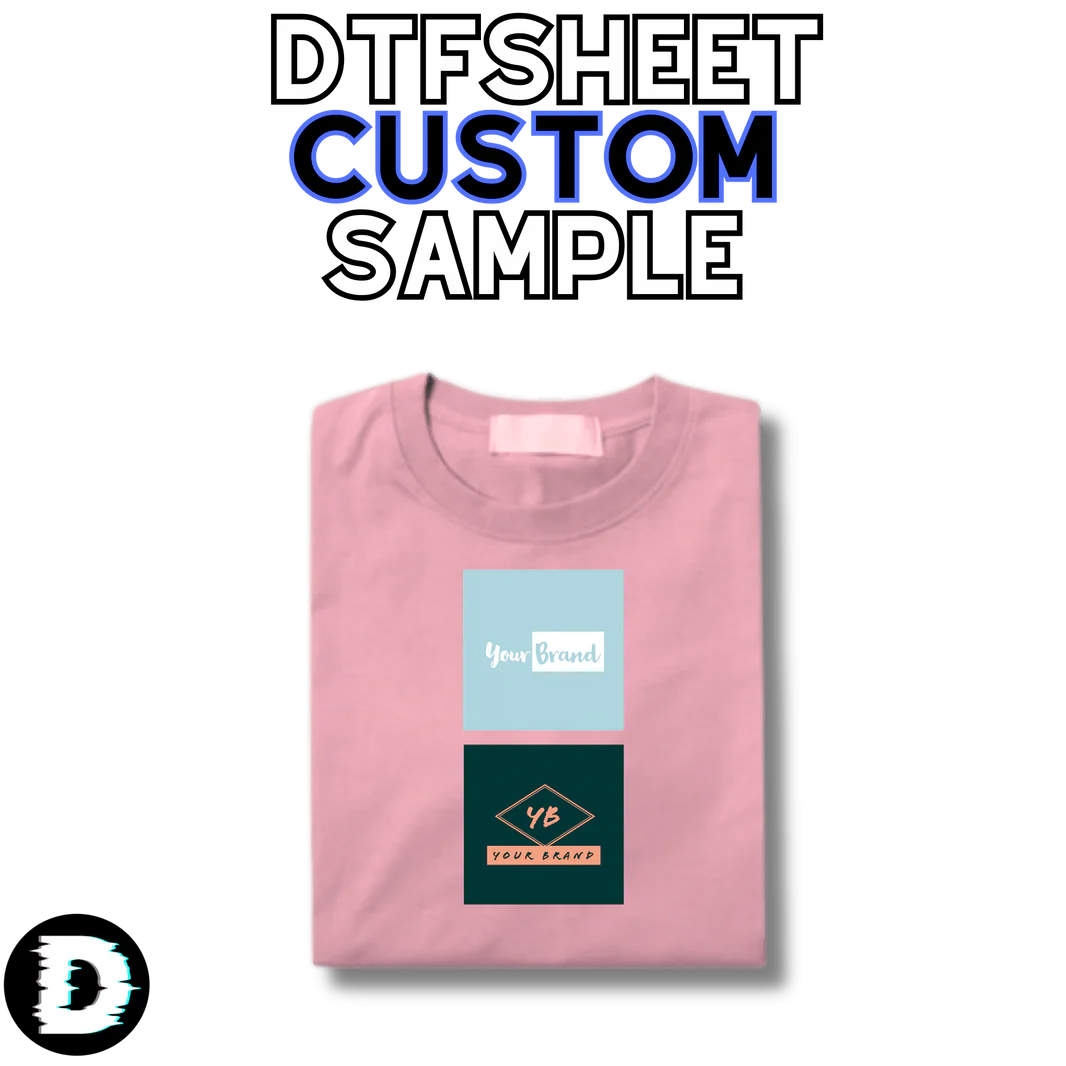DTF printing technology has brought a new perspective to printing technologies. Thermaltransfer printing method, like DTF, is also among the frequently used methods. Nowadays, many printing processes can be carried out easily thanks to printing machines and methods. Prints have an important place both in the clothing industry and other industries.
Apart from the clothing industry, we see how functional printing technologies are in areas such as decoration, accessories and textiles. Thanks to printing technologies, many designs come to life. This is one of the factors that add color to life.
DTF transfer system is a very simple and economical system. Although there are many differences between them and terminal transfer printing, they have similar features in some points. Both types of printing are used for the same purposes in different industries. Let's examine the differences between these two printing systems together.
How Does Thermal Transfer Printing Work?
Thermal transfer printing, which works differently from the DTF heat transfer system, is a type of printing used to transfer text or images to a surface. In this printing method, ink is transferred directly from a carrier film (ribbon) to the printing surface using heat. In this respect, it is similar to DTF.
In the thermal transfer printing method, special printers and machines are used, just like in the DTF transfer system. The machine parts used in the thermal transfer method are:
- Thermal print head
- Ribbon unwind
- Label unwind
- Platen rollers
- Ribbon take up spindle
- Ribbon sensor
- End core sensor
Substrate is the name given to the label material on which the thermal transfer printer will produce the image. These materials consist of:
- Liner
- Adhesive
- Substrate
- Topcoat
The thermal transfer system has a complex structure. While the way it works is equally complex, the DTF system is far from this complexity. DTF is easily transferred to the material using the heat press method. One of its similar points is transferring ink through heat and ensuring that the ink adheres to the fabric or transferred surface with adhesive.
How Does DTF Printing Work?
Custom DTF printing has a very simple operating logic. Moreover, the printing process is extremely easy. DTF has begun to be used in many industries as a printing system. The areas of use of this technology are quite wide. For this reason, it is a widely preferred and used printing technology. In addition, it offers designers a very free space. All designs are transferred to the desired surface in detail and colorfully. Thanks to this technology that leaves designers extremely free, printing technologies have reached a different dimension.
Thanks to the custom heat transfer system, the design previously printed on pet film is transferred to the material. During this process, powder adhesive is applied between the ink and the material. In this way, the ink adheres to the fabric more tightly. With the help of the heat used, the ink in the pet film is transferred to the applied surface and adheres to this surface thanks to the powder adhesive. After the ink is allowed to cool slightly, the pet film is peeled off and separated from the fabric. In this way, the DTF printing process is completed.
Of course, there are printing technologies that rival this printing technology, which is easily applied with the heat transfer method. However, DTF is among the most preferred systems because it is both economical and easy to use. With the custom gang sheet feature, it is very suitable for mass production. DTF, the most preferred printing system in the world among printing technologies, is affordable for every business, regardless of whether it is large or small. Moreover, it has a very good image thanks to its environmental friendliness.



























